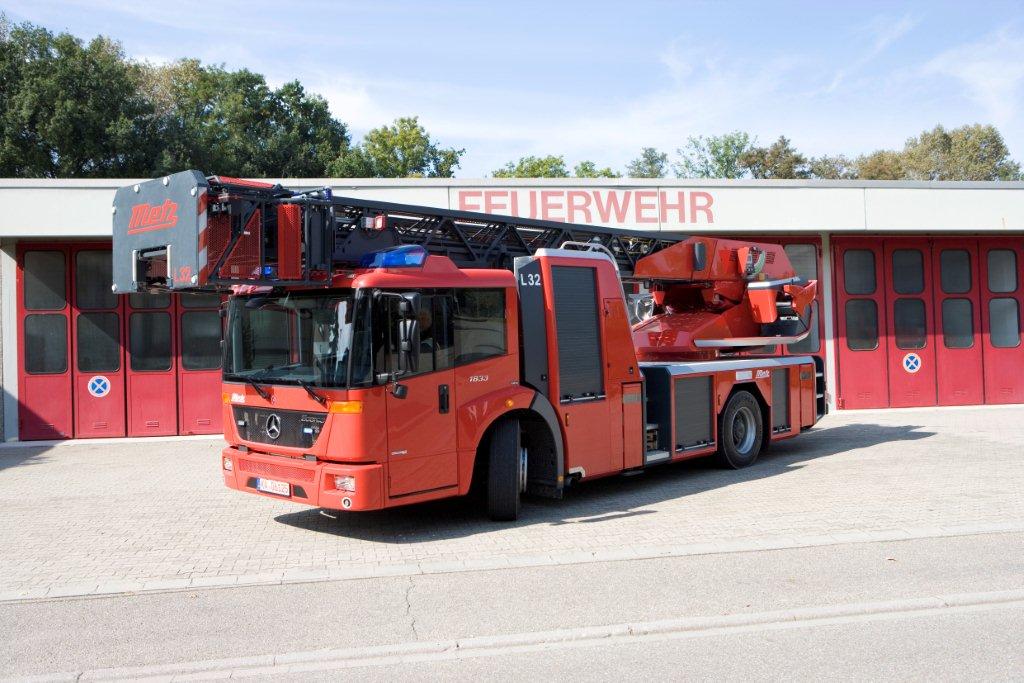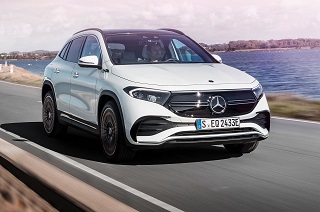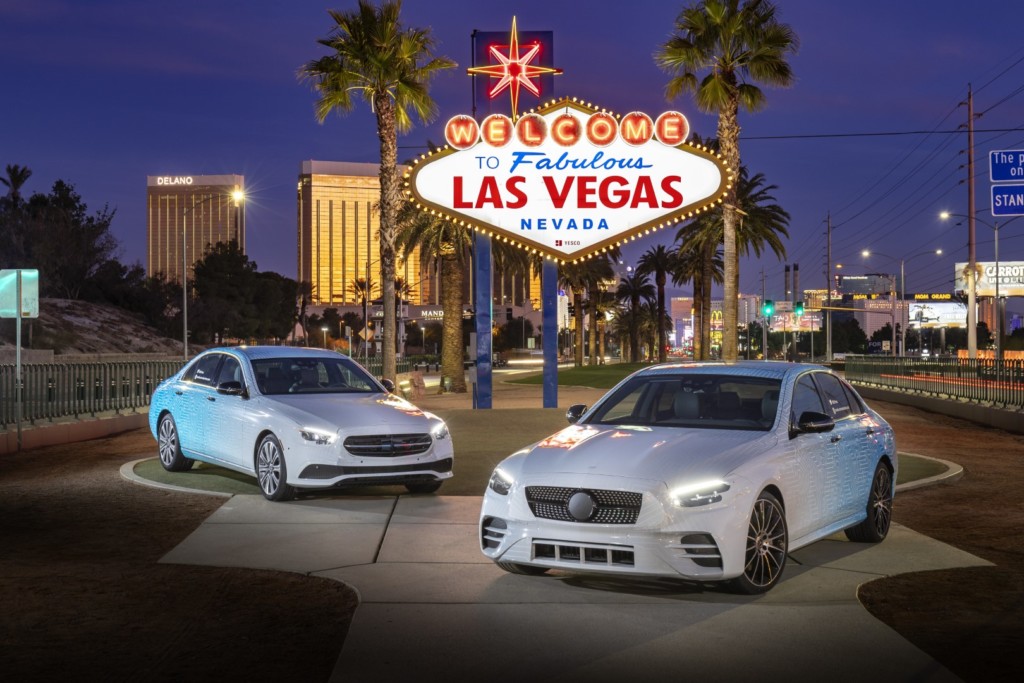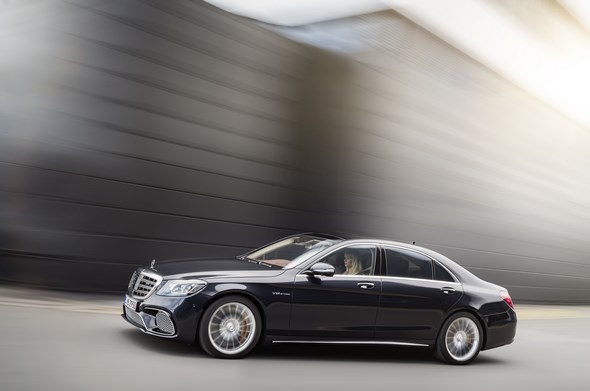

- New products for the fire and rescue services from the special-purpose vehicles product unit
- Technical presentation and workshops at the Mercedes-Benz Application Information Center (BIC) in Wörth
- Driving under extreme conditions on the Ötigheim proving ground
Stuttgart/Wörth – International vehicle specialists from the bodybuilding sector for firefighting vehicles recently came together for a two-day event to find out about new products from the special-purpose vehicles product unit at Mercedes-Benz. The focus was on the different Unimog model series, the new all-wheel drive Zetros truck and the Econic with its low and high cab variants.
Even on arrival at the Center the guests were able to gain an initial impression of the sheer variety of special-purpose vehicles offered by Mercedes-Benz. The range of exhibits outside the Center extended from the smart as a first responder to the Sprinter as an emergency ambulance, and right up to the Actros as a swap body vehicle with an impressive heavy-duty fan. As a full-range manufacturer, Mercedes-Benz meets all the international user requirements for fire and rescue vehicles with its range of passenger cars, vans, trucks and special-purpose chassis.
As an all-terrain special-purpose chassis for emergency vehicles, the Unimog in all its variants has been in use in more than 100 countries of the world for many decades. In addition to the familiar U 300 to U 500 series of implement carriers and the U 4000/U 5000 as all-terrain trucks, the specialists visiting Wörth were particularly attracted to the new, lightweight Unimog U 20. Available in three weight variants with gross vehicle weights of 7.5, 8.5 and 9.3 tonnes, the U 20 is the first Unimog with a forward-control cab. At the same time its short wheelbase of only 2.70 metres makes it an extremely compact and manoeuvrable off-road vehicle. The U20 opens up new operational possibilities, especially in areas with steep, narrow roads such as mountain regions and historic old towns. The first Unimog U 20 is already operational as a fire tender in Croatia.

First presented to the public at the last International Commercial Vehicle Show (IAA), the new, all-wheel drive Mercedes-Benz Zetros truck was very much in the limelight among the off-road vehicles. Positioned above the Unimog, the Zetros allows the configuration of heavy emergency vehicles whose key attributes are a high payload and load capacity combined with outstanding off-road capabilities and good on-road performance. The Zetros meets these requirements as a two-axle 18-tonner and as a 25-tonner (27 tonnes are technically possible) with three axles. Large-size single tyres on all axles as standard combined with permanent all-wheel drive make the Zetros an ideal off-road vehicle. A fully automatic transmission is now available on request as an alternative to the standard eight-speed manual transmission. With a standard fording depth of 0.8 m (optionally 1.1 m), operations in flooded areas are no problem either. A new feature shown for the first time in Wörth was the overhead power take-off for the Zetros, which enables manufacturers of fire tenders in particular to drive a centrifugal fire pump without difficulty. Thus prepared, the Zetros with its spacious cab for up to three emergency personnel behind the massive hood will no doubt soon celebrate its premiere as a forest fire tender.
The Econic has long established itself as a special-purpose chassis for specialized firefighting vehicle bodies. Especially as a rescue vehicle with a hydraulic platform – turntable ladders or telescopic mast platforms – the Econic is increasingly often the vehicle of first choice with its low cab, which is able to accommodate up to four emergency personnel. The standard air suspension helps to ensure that these vehicles, which inherently have a high centre of gravity, have excellent handling stability. The driver’s workload is reduced by an automatic transmission, which is also standard equipment. Steerable rear axles available as an option – even for the two-axle vehicle with a permissible gross vehicle weight of 18 tonnes – make the Econic extremely manoeuvrable and facilitate access to confined areas. The Econic is also becoming increasingly popular as a specialist fire tender among works fire services, who highly appreciate the advantages of a spacious cab for ergonomic reasons. It enables the crew to don their breathing apparatus as they drive to the scene. On arrival they are able to exit the cab at the front via just two steps – there is no faster or safer way. An optionally available double-wing door on the co-driver’s side allows the easiest possible exit. In addition to 2 two and three-axle chassis with low and high cabs, three Econics with fully completed bodies were displayed in Wörth. The turntable-ladder DLA(K) 23-12 with a body by Metzis based on an Econic 1833 with the low cab. Using the same chassis, but with the high cab, the EnBW gasworks fire service had the body of its latest fire tender built by Ziegler. Due to be delivered shortly, the fire tender built by Rosenbauer for the works fire service of the Shell refinery in Wesseling is another size larger.

Driving off-road
Following the workshops in the Center, the specialists attending the Mercedes-Benz Fire & Rescue event had plenty of opportunity to explore the advantages of the Unimog and Zetros all-wheel drive vehicles on the Ötigheim proving ground near Rastatt. They were duly impressed with the outstanding climbing ability of these vehicles, as well as their safe downhill performance using only the engine brake. Fording ability was demonstrated in a water trench, and exiting from this also showed their excellent axle articulation. The participants had ample opportunity to take the wheel of Unimog or Zetros themselves, and gain unforgettable impressions of these unique vehicles when driving off-road. In addition to various chassis with platform or tipper bodies, the guests also had a fully equipped forest fire tender with an Empl body, several of which are already in service in the state of Brandenburg, at their disposal. A water tank holding 5000 litres and a front-mounted self-recovery winch by Werner on a U 5000 with a permissible gross vehicle weight of 14.1 tonnes leaves no options unexplored. Naturally the chassis also features ex factory heat protection for the electrics and the fuel and brake lines.





